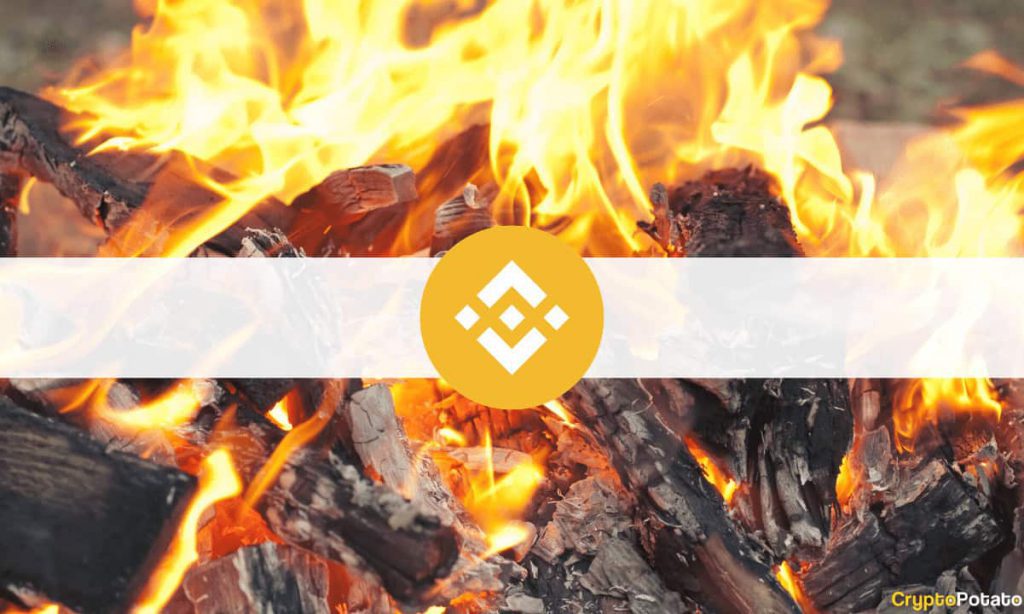Binance Smart Chain (BSC) recently activated BEP-95, which integrates a real-time burning mechanism into its tokenomic structure. From now on, a fixed ratio of gas fees collected by BSC validators will be burned in each block.
The Real-Time Burn Begins
BSC announced the new mechanism’s launch over Twitter earlier this week. Its burn ratio – adjustable by governance – reportedly sits at 10% right now.
BEP-95 was introduced on October 22nd, with the goal of speeding up Binance’s burn process and further decentralizing the network. The company also theorized that this will drive up the price of BNB tokens, presumably through increased scarcity.
“While implementing this BEP might decrease the total amount of BNB that validators and delegators receive from staking, the fiat-denominated value of their rewards may increase,” claimed Binance. “This burning mechanism would further reduce BNB supply; thus, increasing demand would drive the BNB value higher.”
Binance has been manually conducting BSC burns since its inception. Its aim was to reduce BNB’s total supply by 50%, from 200m to 100m tokens. One such burn was conducted shortly before BEP-95 was announced, taking $640 million (1,335,888 BNB) off the network.
Binance’s real-time burn will work alongside the exchange’s scheduled burn events. Notably, it will remain in effect even after the scheduled burns have reached their 100m BNB supply target. As BEP-95 reads: “By design, BNB is a deflationary token.”
Binance Burning Versus Ethereum
Binance’s new burning mechanism is similar – but not identical – to Ethereum’s. While both chains collect tokens for the burn pool through transaction fees, some BSC’s fees are still used to compensate validators. On Ethereum, all mandatory fees are sent to the burn pool, with a ‘tip’ option available for transactors to compensate miners. The rest of miners’ compensation is delivered through block rewards.
Furthermore, as Binance uses proof-of-stake, there are no new tokens entering circulation to balance out the burn. Meanwhile, Ethereum’s block rewards and burn pool work against each other when influencing currency supply. This sometimes results in a net-deflationary time period for Ethereum but still produces an inflationary environment overall.
Binance Free $100 (Exclusive): Use this link to register and receive $100 free and 10% off fees on Binance Futures first month (terms).
PrimeXBT Special Offer: Use this link to register & enter POTATO50 code to get 50% free bonus on any deposit up to $1750.


